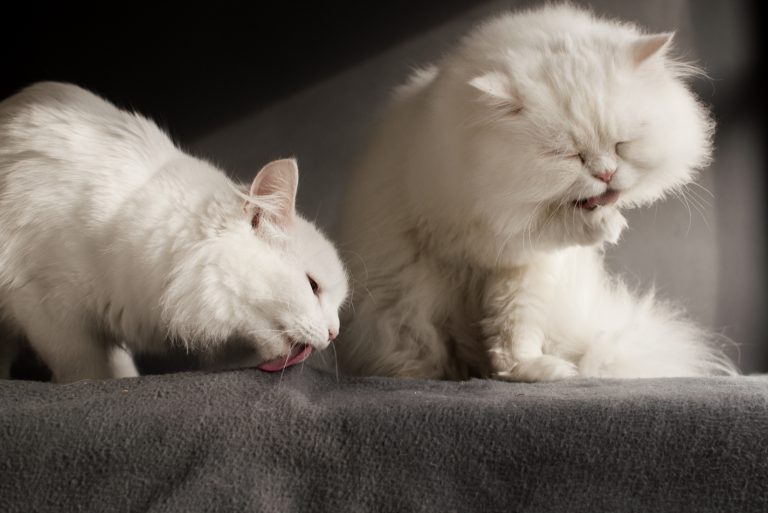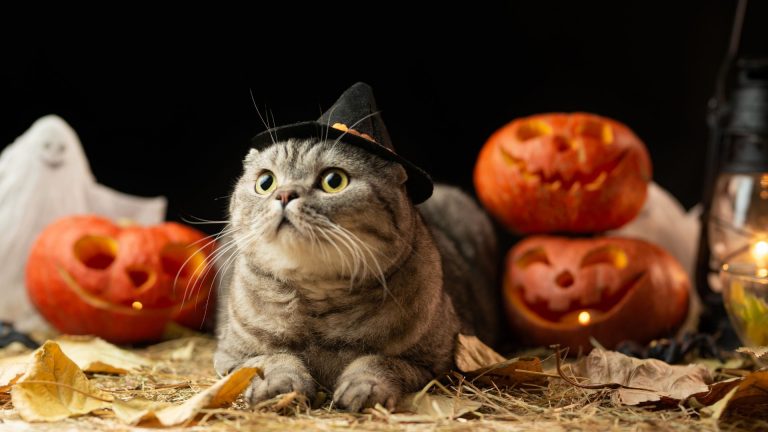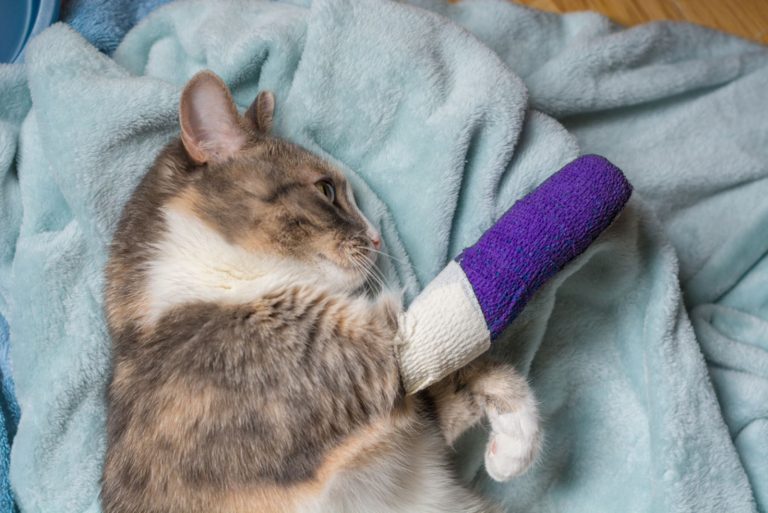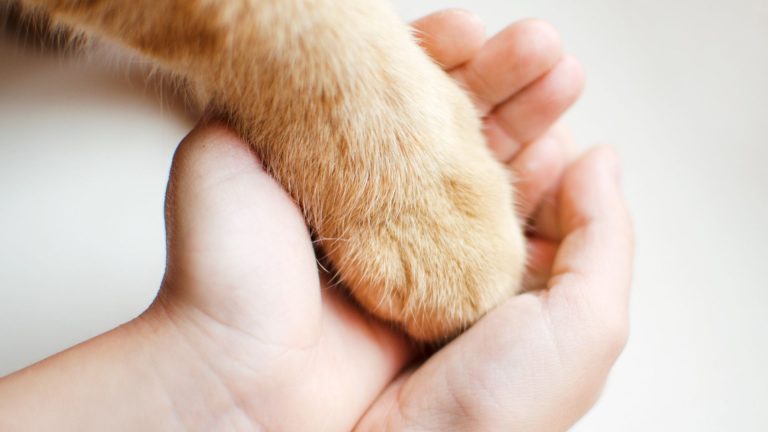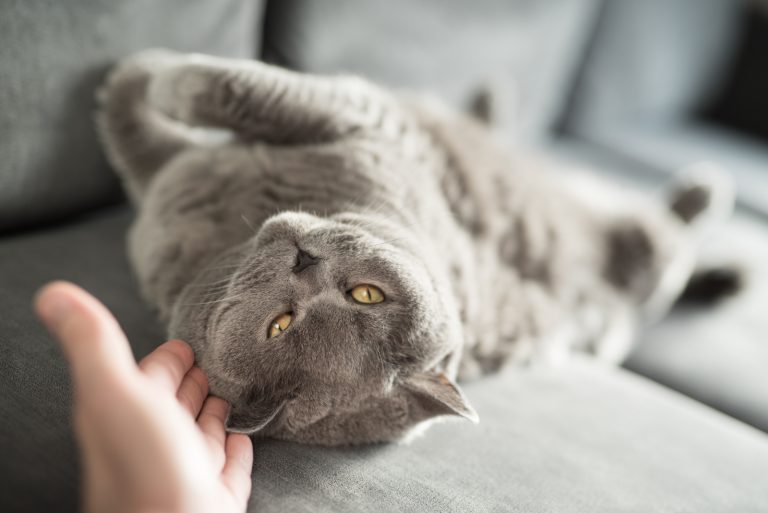The Lizard That Can Shoot Blood From Its Eyes, Here’s Why It Does It
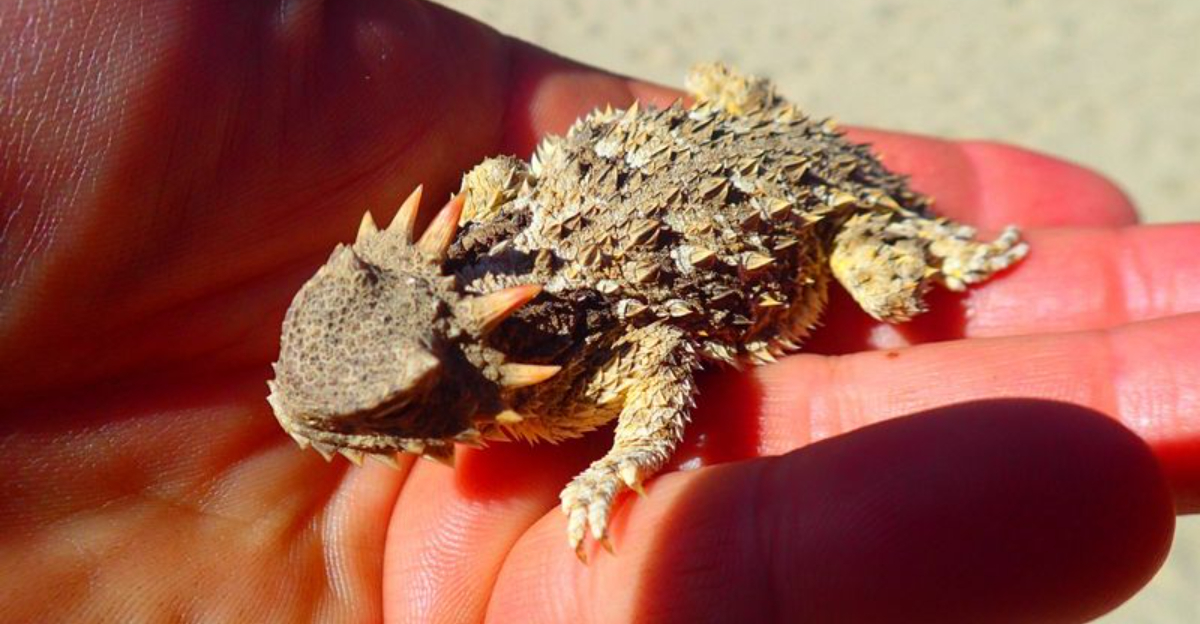
Hidden among the dusty landscapes of North America lives a creature with a superpower straight out of science fiction. The horned lizard can shoot streams of blood from its eyes when threatened by predators.
This remarkable defense mechanism has fascinated scientists and nature enthusiasts for generations, serving as one of nature’s most unusual and effective survival strategies.
Scientific Classification
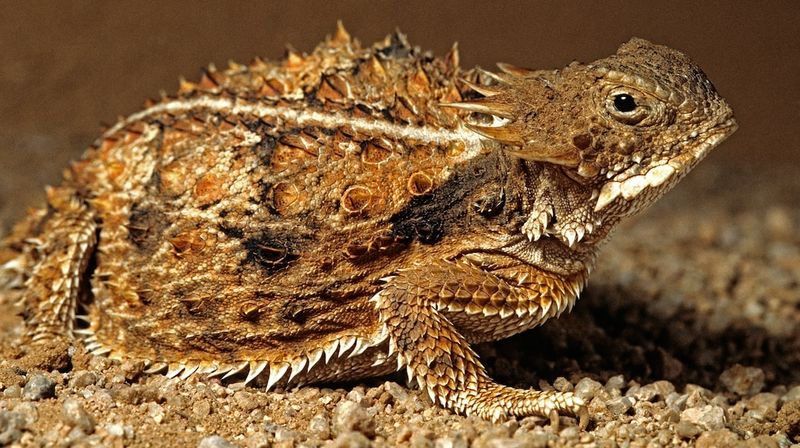
Belonging to the genus Phrynosoma, these remarkable reptiles are part of the Phrynosomatidae family. Their scientific name literally means “toad body,” referencing their flat, round shape.
Scientists have identified about 17 species of horned lizards, with most capable of the blood-squirting phenomenon. Each species has adapted slightly different defensive tactics based on their specific habitats.
Common Names
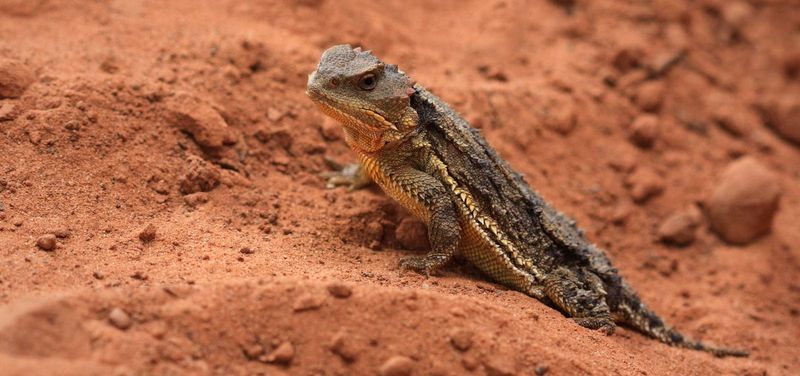
Despite being true lizards, these creatures earned nicknames like “horny toads” or “horn toads” from early settlers who noticed their toad-like appearance. Their squat bodies and textured skin create an uncanny resemblance to amphibians.
Regional names vary across their habitat range, with some communities calling them “desert thorns” or “thornbacks” in reference to their spiky defensive armor.
Habitat
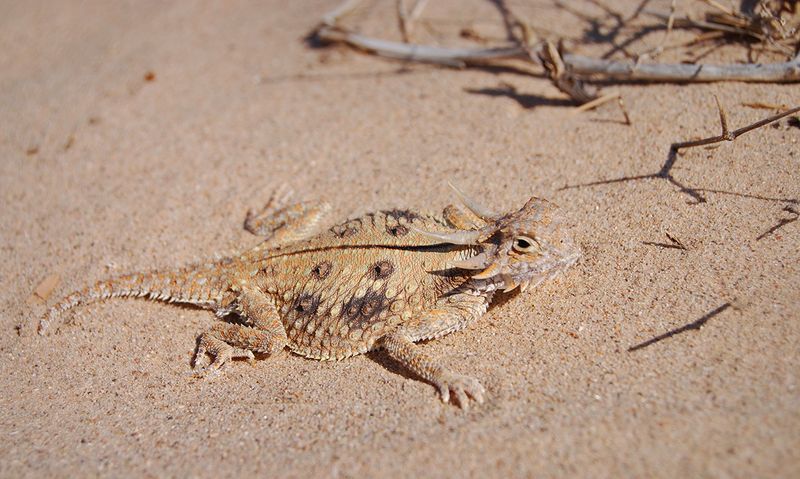
These hardy survivors thrive in some of North America’s harshest environments, from scorching deserts to semi-arid grasslands. You’ll find them basking on sun-warmed rocks across the southwestern United States and northern Mexico.
Masters of adaptation, different species have evolved to match their surroundings perfectly. The flat-tailed horned lizard, for instance, blends seamlessly with the pale sands of California’s deserts.
Diet
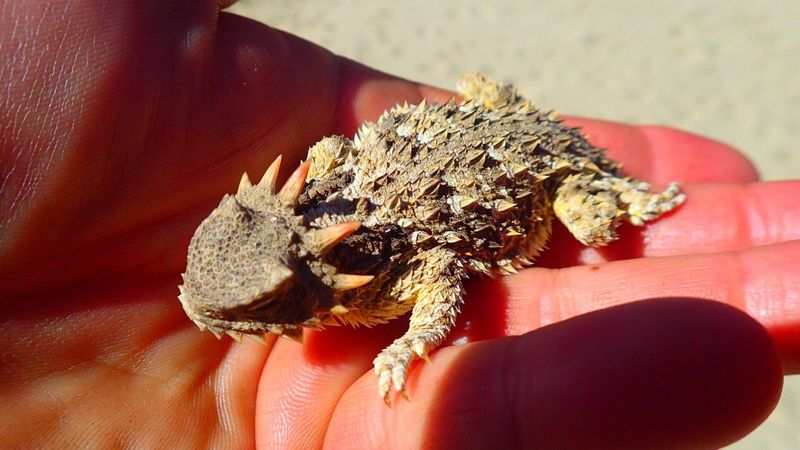
Harvester ants make up nearly 90% of some horned lizard species’ diets—an extraordinary specialization few predators can manage. Their stomachs have evolved special adaptations to handle the formic acid these ants produce.
With a lightning-quick flick of their sticky tongue, they can capture dozens of ants in minutes. This specialized diet directly contributes to the chemical makeup of their defensive blood spray.
Defense Mechanism
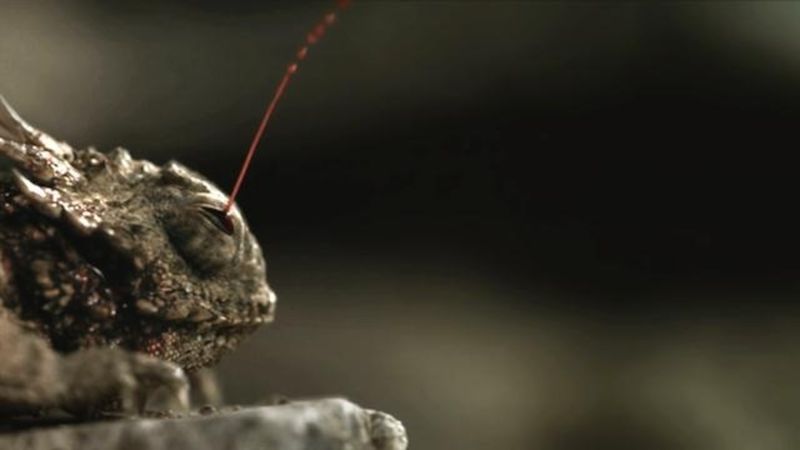
When cornered by predators, these lizards deploy their most dramatic defense—pressurizing blood vessels near their eyes until they rupture, spraying blood with surprising accuracy. The blood contains chemicals specifically repulsive to canine predators like coyotes and foxes.
Before resorting to this bloody spectacle, they’ll first puff up their bodies, hiss, and display their intimidating crown of horns.
Autohaemorrhaging Process
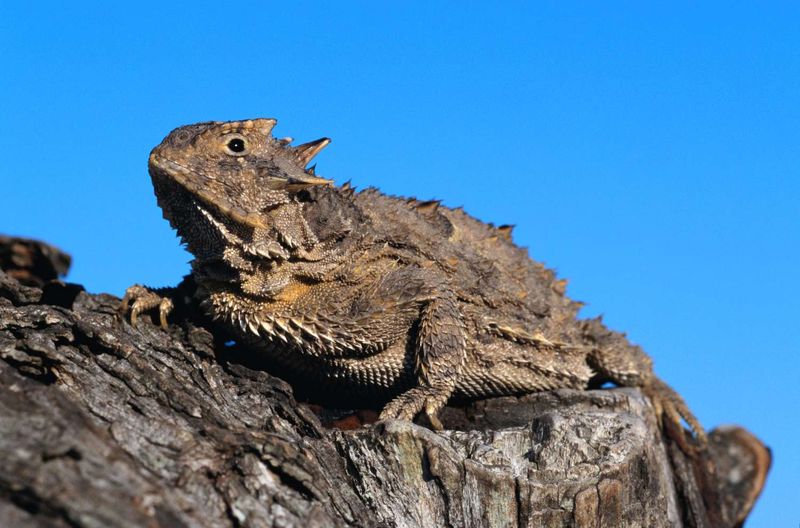
The scientific term “autohaemorrhaging” describes this lizard’s ability to voluntarily rupture blood vessels around its orbital sinuses. Special muscles contract to increase blood pressure dramatically in these areas—up to 30% above normal.
This pressure builds until capillaries burst, sending blood shooting outward through tiny ducts at the corners of their eyes. The entire process happens in mere seconds when the lizard feels threatened.
Shooting Range

Remarkably accurate marksmen, horned lizards can project blood streams up to five feet away—quite impressive for a creature typically under six inches long! The blood usually targets predators’ mouths and eyes for maximum effect.
Laboratory studies show they can control the direction with surprising precision. A threatened lizard can fire multiple shots, though each subsequent spray contains less blood than the previous one.
Chemical Composition Of Blood

Far from ordinary, the defensive blood contains specialized compounds that taste utterly repulsive to canine predators. Researchers believe these chemicals derive from the lizard’s ant-heavy diet, essentially weaponizing the ants’ own defensive compounds.
The blood carries a concentrated cocktail that can cause nausea and disorientation in predators. Dogs and coyotes typically retreat after just one taste, remembering the experience for months afterward.
Camouflage And Physical Defense
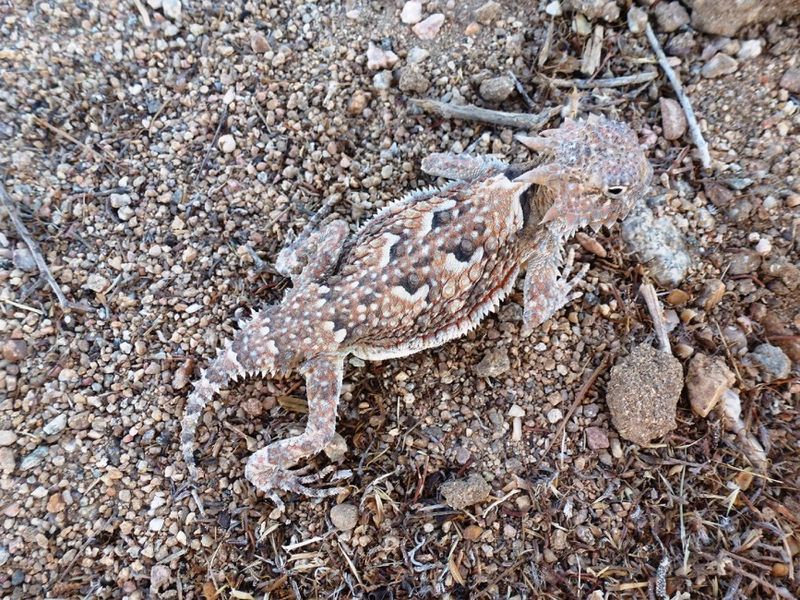
Evolution has gifted these lizards with masterful camouflage—their coloration perfectly matches local soil and rocks. When motionless, they practically disappear against the desert floor, their outline broken up by irregular patterns.
Crown-like spines protect their heads while rows of modified scales create a formidable armor along their backs and sides. Some species can even flatten their bodies to eliminate shadows that might give away their position.
Reproduction
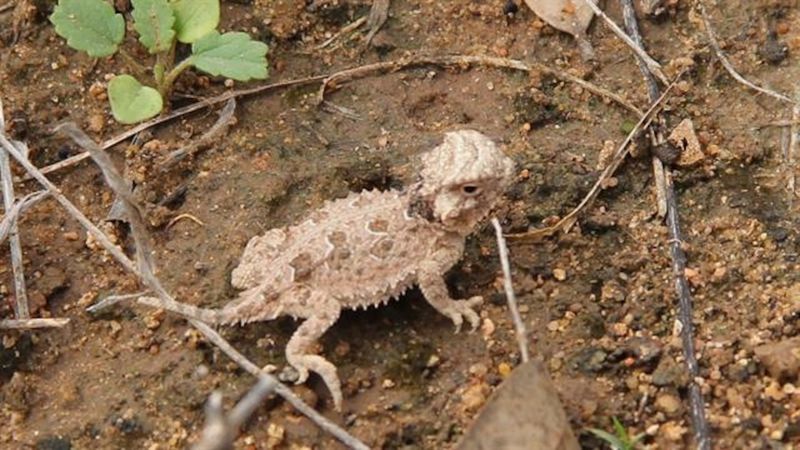
Unlike many reptiles, several horned lizard species give birth to live young rather than laying eggs. Those that do lay eggs typically deposit 7-45 eggs in shallow burrows dug with their hind legs.
Baby horned lizards emerge as miniature replicas of adults, completely independent from birth. These tiny warriors, barely larger than a quarter, immediately begin hunting ants and avoiding predators on their own.
Conservation Status
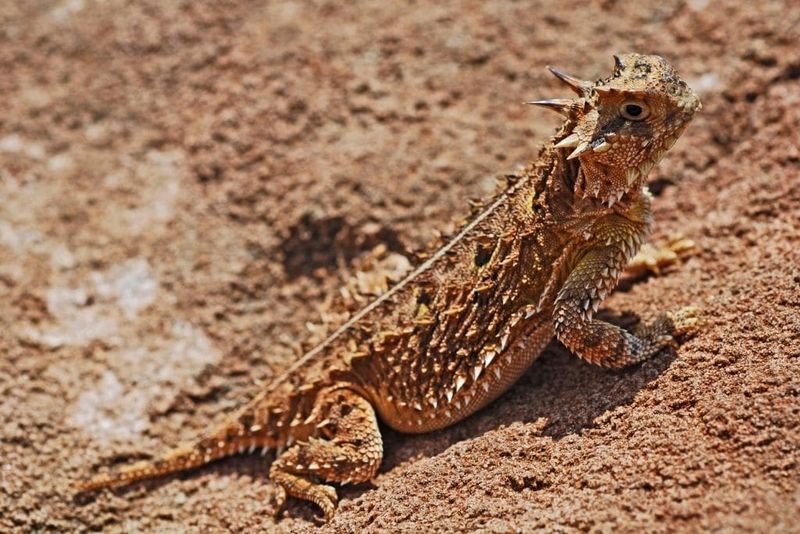
Once abundant across southwestern landscapes, several horned lizard species now face serious threats. The Texas horned lizard has disappeared from nearly 30% of its historic range, earning protected status in multiple states.
Habitat destruction, pesticide use, and imported fire ants have decimated populations. Fire ants outcompete the native harvester ants these lizards depend on, effectively starving them of their specialized food source.
Cultural Significance
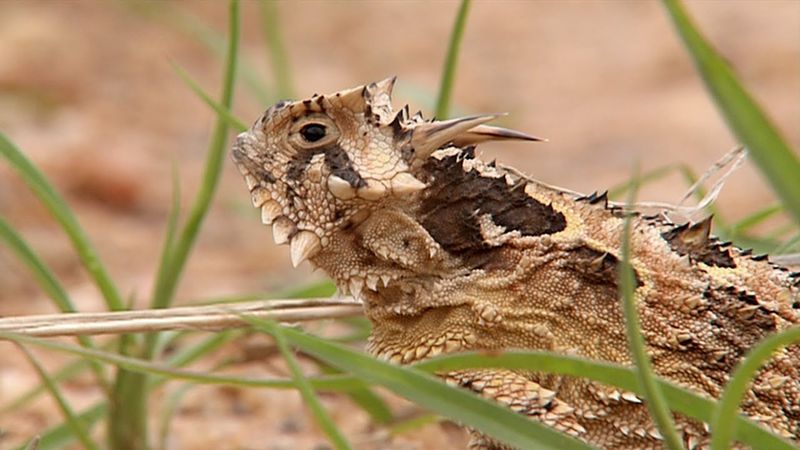
The Texas horned lizard proudly serves as the official state reptile of Texas, appearing on everything from wildlife conservation logos to local sports team mascots. Native American cultures often featured these creatures in their stories as symbols of endurance and protection.
Folk medicine in some border communities once prescribed dried horned lizards as remedies for various ailments. Today, they feature prominently in educational programs about desert ecology and conservation.

